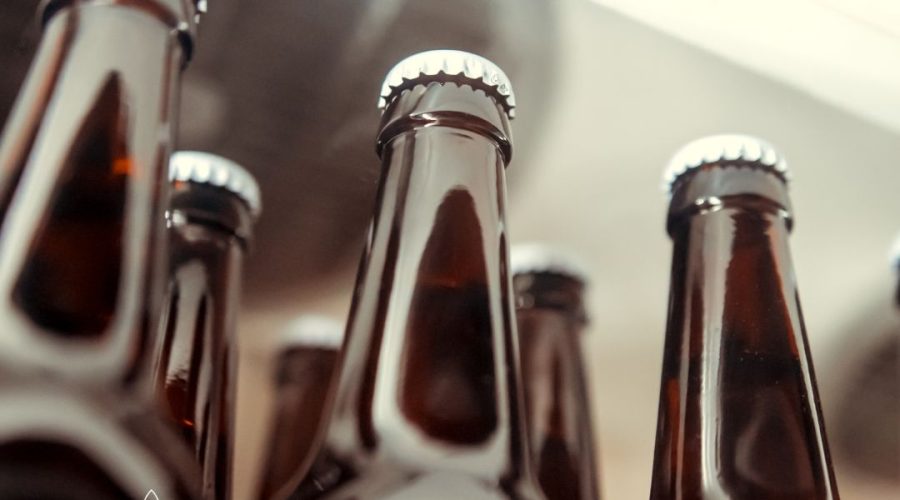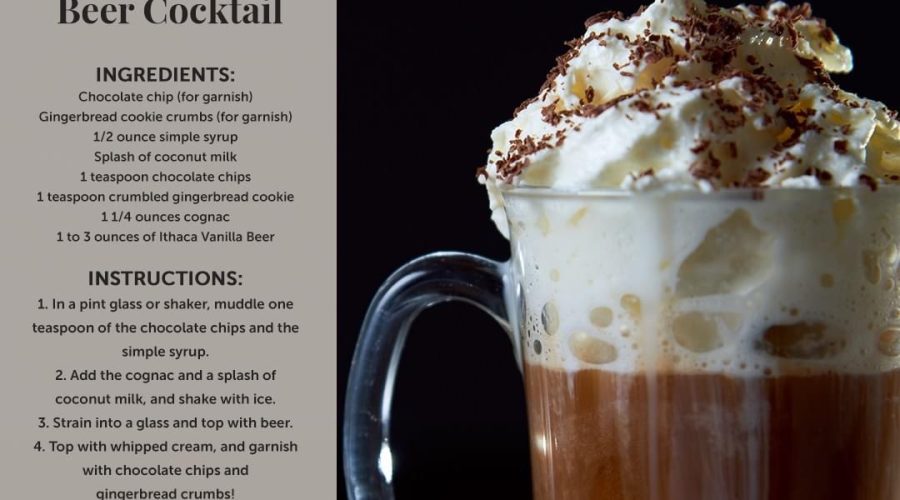Crafting Care: A Guide to Properly Storing Your Craft Beer
Craft beer, with its diverse flavors and unique profiles, is a beverage that appeals to the discerning palate. To fully savor the intricate notes and aromas of your favorite brews, properly storing craft beer is essential. In this guide, we’ll explore the art of preserving the quality of craft beer, ensuring that each sip is as delightful as the brewers intended.

- Temperature Matters:
One of the most critical factors in preserving the integrity of craft beer is maintaining the right temperature. Unlike mass-produced beers, craft beers often contain delicate flavors that can be affected by temperature fluctuations. Aim to store your craft beer in a cool, consistent environment, ideally between 45 and 55 degrees Fahrenheit (7-13 degrees Celsius). Avoid exposing your beer to extreme heat or cold, as this can lead to unwanted chemical reactions that alter the taste and aroma.
- Dark and Dry Storage:
Sunlight and humidity are the enemies of craft beer. Ultraviolet rays can cause a process known as “skunking,” where the beer develops a foul odor and a skunky taste. To prevent this, store your craft beer in a dark place, away from direct sunlight. Additionally, humidity can damage the labels, making it challenging to identify the beer and affecting its overall presentation. Keep your beer in a dry environment to preserve both its flavor and appearance.
- Maintain Consistent Conditions:
Craft beer thrives in stability. Fluctuations in temperature or exposure to light and air can compromise the quality of your beer. Invest in a dedicated beer fridge or cellar to create a controlled environment. If a specialized storage space is not an option, find a cool, dark corner of your home and use a temperature-controlled cooler to ensure stability.
- Position Matters:
The way you position your craft beer bottles can also impact their quality. Store bottles upright to minimize the surface area in contact with the beer, reducing the risk of oxidation. This is particularly crucial for bottle-conditioned beers, where the yeast sediment settles at the bottom. When it comes time to enjoy your brew, pour carefully to avoid disturbing the sediment.
- Avoid Vibration:
Constant movement or vibration can negatively affect craft beer. Vibrations can disturb sediment and cause unwanted chemical reactions, altering the beer’s taste and aroma. Store your craft beer in a location where it won’t be subject to regular shaking or movement.
Preserving the essence of craft beer is an art form that involves careful consideration of storage conditions. By maintaining a consistent and controlled environment, you can ensure that your favorite brews deliver the full spectrum of flavors and aromas intended by the skilled artisans who crafted them. Properly storing craft beer takes time and attention, and you’ll be rewarded with a drinking experience that celebrates the craftsmanship behind each bottle. Cheers to sipping and savoring the rich tapestry of the craft beer world!




